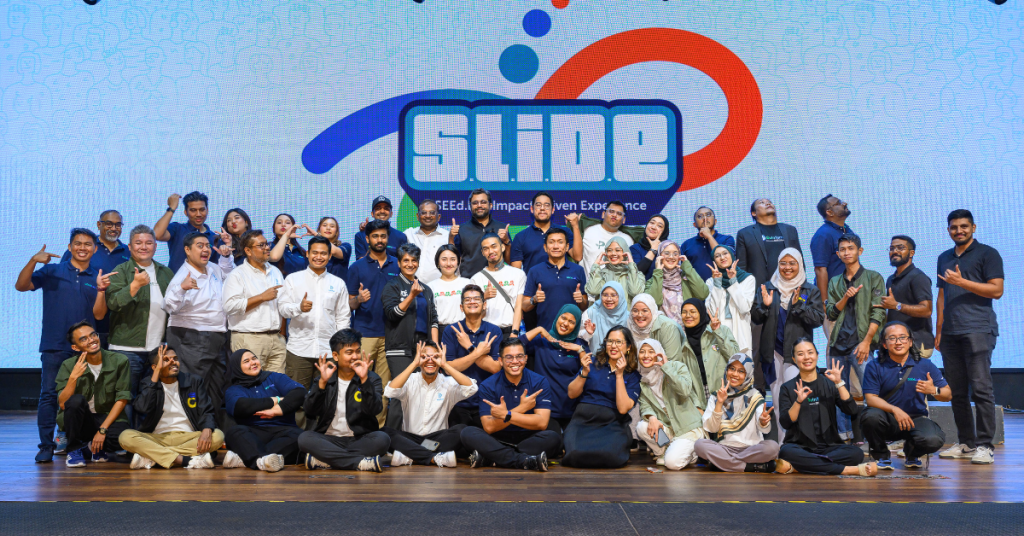In a bid to speed up the boarding process before flights, AirAsia launched the Fast Airport Clearance Experience System (FACES) at Senai International Airport in Johor yesterday.
It’s been a long time coming, so here are some facts about it that you should know.
1. This has been in the works since at least 2015.
FACES is a security system that uses facial recognition technology to facilitate clearances at the departure gates of airports. This is a big throwback to when CEO Tan Sri Tony Fernandes announced plans to introduce such a technology to the flight boarding process in 2015.
2. We already had a hint of how it could go late last year.
Facial recognition technology was already tested in AirAsia’s own RedQ headquarters in Sepang. Here’s some footage of an AirAsia employee demonstrating the tech in November last year.

3. The technology is currently at a 98% recognition success rate.
The technology behind FACES comes from Swedish security tech firm Gunnebo and currently boasts an 98% recognition success rate when used by adults, under certain restrictions. According to AirAsia, implementing this technology could potentially cut the boarding process for each individual from 11–13 minutes down to 9–11 minutes—a significant amount of time when added up.
Editor’s Note: We’ve received clarification from AirAsia that the success rate previously reported was taken in a different context (the percentage included children and other circumstances that lowered the rate of success). The previous paragraph and heading have been edited to reflect the new information given.
“With FACES, your face is your passport, making it a breeze to clear the gate and board your flight,” said Tan Sri Tony Fernandes in a statement.
4. There are certain restrictions to note.
The system eliminates the need for boarding passes and identification at the gate, but will currently only work for individuals above the age of 18 with a height of 145 cm to 190 cm, and whose facial features have fully formed. This means that individuals carrying infants will still be required to go through the standard boarding procedure.

5. Sorry guys, you still need to bring your passport to the airport.
In order to be able to use the feature, individuals will have to register through a dedicated enrollment kiosk located within Senai International Airport.
The registration process will require users to present either their MyKad or chip-enabled passport and allow the camera to read their biometrics, and will all take no more than 30-seconds to complete.
And while registration is a one-off process, individuals will have to re-register in the event their MyKad or passport expires.
Once registered, individuals will be able to use the FACES system to clear the departure gate and directly board their flight seamlessly.
This system however will not be present at prior security checkpoints and immigration clearances; travelers must still adhere to the standard security protocols as per normal.

6. There is a very good reason why Johor got the technology first.
Currently, the system has launched its first phase in Senai International Airport, with one dedicated enrollment kiosk and three FACES-equipped boarding gates in place to serve travelers journeying on domestic and international flights.
With RM300,000 worth of investment put into perfecting the system, FACES has at this juncture already had a month’s worth of testing and has seen around 3,000 individuals use the system without any problems.
Senai International Airport was chosen as the first place this technology is rolled out to because of their cooperation and fast turnaround, according to other news reports of the launch.
“It is an honour for Senai Airport to be selected as the first airport in Malaysia to pilot this cutting-edge technology,” said Group Managing Director of MMC Corporation Berhad Dato’ Sri Che Khalib Mohamad Noh at the launch of the system.
“The initiative will further enhance our passengers’ traveling experience and airport operations efficiency with faster security and screening processes, specifically to accommodate the growing number of passengers traveling through this airport.”
Also Read: What Is A Technology Scaleup? We Explain.
Feature Image Credit: AirAsia














